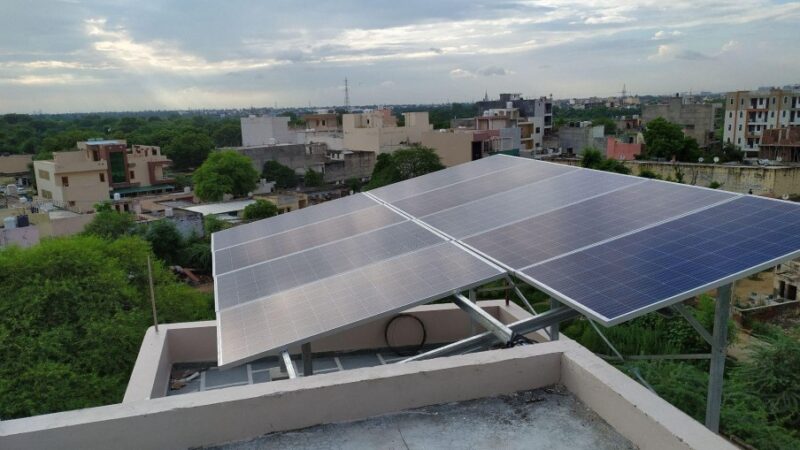How Do I Build the Best Sales Pipeline That Actually Converts?

79{db9acdd2b5204ea72ac6ab2312f7630b6e282665344bcd151a43454148e44b67} of marketing leads never get converted into sales.
Is your small business losing out on almost 80{db9acdd2b5204ea72ac6ab2312f7630b6e282665344bcd151a43454148e44b67} of your potential sales? If so, it’s time to rework your marketing efforts. As a small business owner, you need to focus on building an airtight sales pipeline.
Also called a sales funnel, a sales pipeline attracts ideal new customers. It shows them exactly how your product or service can solve their problem, and finally closes the deal by making the sale.
If you want to win back that 80{db9acdd2b5204ea72ac6ab2312f7630b6e282665344bcd151a43454148e44b67} of lost leads, keep reading. In this article, we’ll go over the steps of building the best sales pipeline and putting it into practice.
Map Out Your Sales Cycle
You already have a sales funnel — you just don’t know it. The problem is that if you haven’t taken control of your sales funnel, it likely has a lot of holes.
Ask yourself:
- Who are your ideal customers?
- How do they find you?
- How do you interact with them once they’ve found you?
- What decisions do they have to make in order to buy your product?
- How do you help them make those decisions?
The first step is to define the sales funnel that you already have. Then, you can redesign it more effectively.
Identify Ideal Customers
Instead of trying to attract everyone to your sales funnel, attract your ideal customer — the person who needs your service and will end up making the purchase.
Think about your ideal customer’s demographics — age, social status, employment, gender, cultural background — as well as their political and personal lives.
Once you’ve defined your ideal customer, target your sales funnel to attract them. Find tools here to stop spreading your resources thin and prospect your ideal customer.
Nurture Leads
Also known as qualifying your leads, the next step is to nurture your customers through the sales process. Your lead is in the process of deciding whether to buy your product. To help them make the decision, find ways to:
- Stay in touch (send email reach-outs, text reminders, or a personal phone call)
- Address obstacles to purchasing
- Reduce obstacles if possible (offer deals, arrange payment plans)
If you have a complex product, don’t forget to educate your lead. Use videos, demos, or tutorials.
Close the Deal
By now, you’ve attracted the customers who are most likely to buy. You’ve weeded out those who aren’t ready to commit, and you’ve encouraged the ones who are willing to purchase. Now, you have to convert your leads to sales by closing the deal.
Identify the strategies you’ll use to push your leads to purchase. Surprise deals, a sense of urgency, and multiple purchasing options all increase the chances of making a sale.
Convert Customers with Your Best Sales Pipeline
It sounds intimidating, but building a sales pipeline isn’t rocket science. It’s all about defining the customer you want to attract, helping them stay with you through the sales process, and giving them reasons to commit to the purchase.
The best sales pipeline is the one that works for you. Ready to learn more essential tips for business ownership? Keep clicking through our blog.







